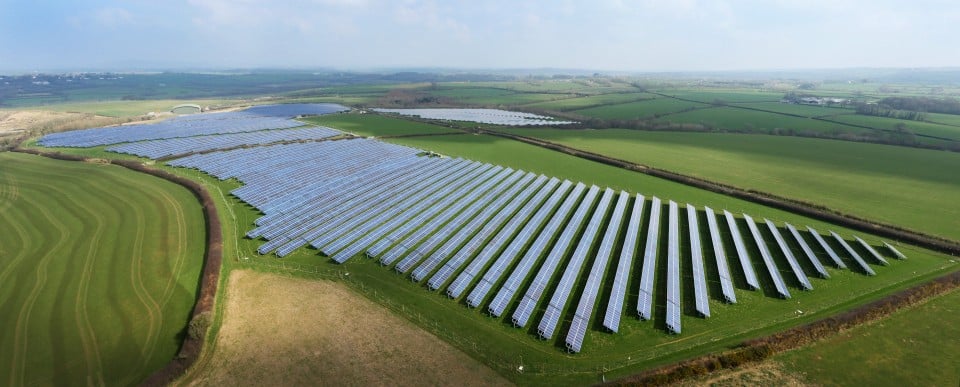
Solar has helped contribute to a winter period where renewable generation outnumbered gas, new analysis from the Energy and Climate Intelligence Unit’s (ECIU) Power Tracker has indicated.
In the 2023/24 winter heating season, power generated by wind, hydro and solar is estimated to have reached around 55TWh, 10TWh more than the 45TWh generated by gas power stations across the UK.
Throughout the colder months, renewables are estimated to have provided around 40% of power generation, with gas generating around a third.
Other generations, for example, nuclear and biomass, have accounted for the rest (approximately a quarter – 25%).
“With or without new licenses, the North Sea will continue its inevitable decline, so we’ll need to import ever greater quantities of gas from abroad unless we cut our demand by rolling out more renewables,” said Jess Ralston, head of energy at ECIU.
She continued: “Despite the good news on renewables now if you look more broadly, we’re heading backwards on energy independence. The government fumbled its last renewables auction, securing no new offshore wind farms.
“It is also set to agree to only a limited number in the next auction round because of the Treasury’s odd rules. It has also just delayed the roll-out of heat pumps which can run on electricity from British offshore wind, rather than boilers that will increasingly have to run on foreign gas.”
This article first appeared on Solar Power Portal’s sister publication Current±.
Solar Power Portal’s publisher Solar Media will host the UK Solar Summit on 4-5 June 2024 in London. The event will explore the UK’s new landscape for utility and rooftop solar, looking at the opportunities within a GW+ annual market, and much more. For more information, go to the website.

